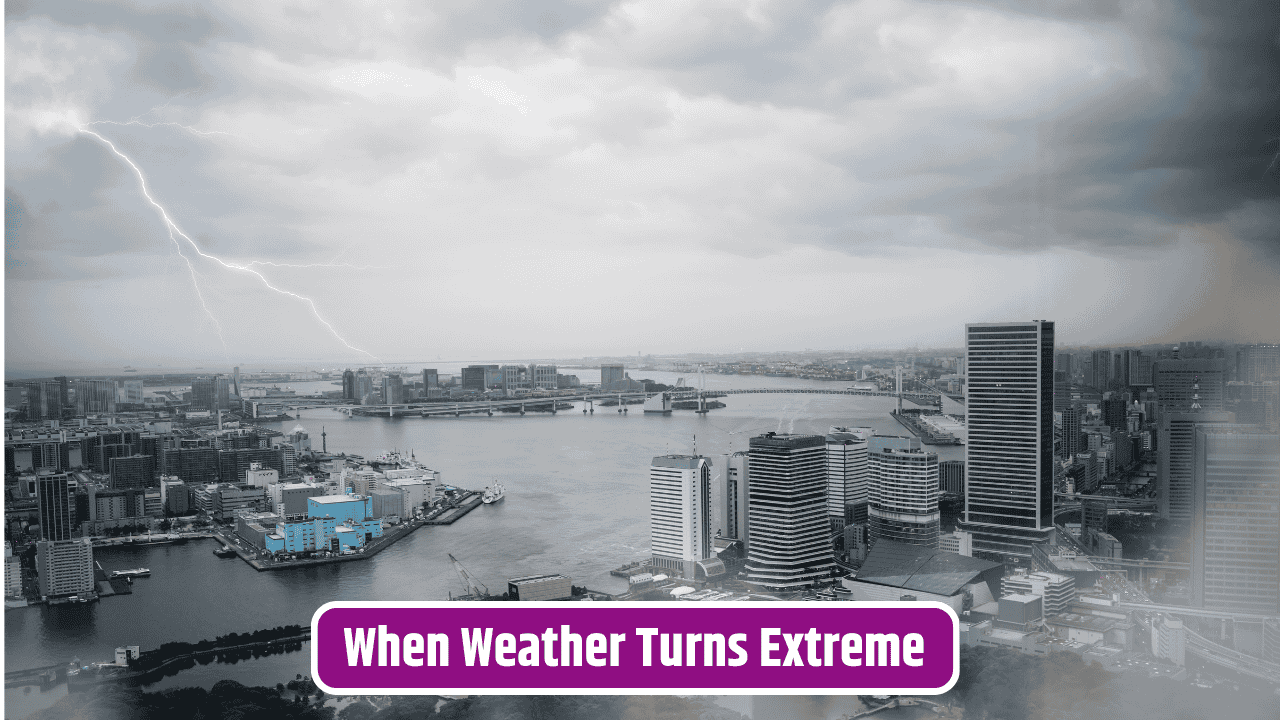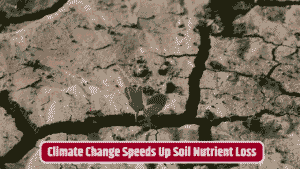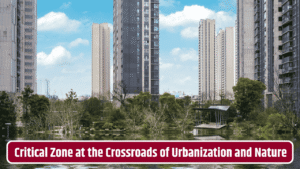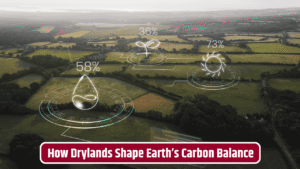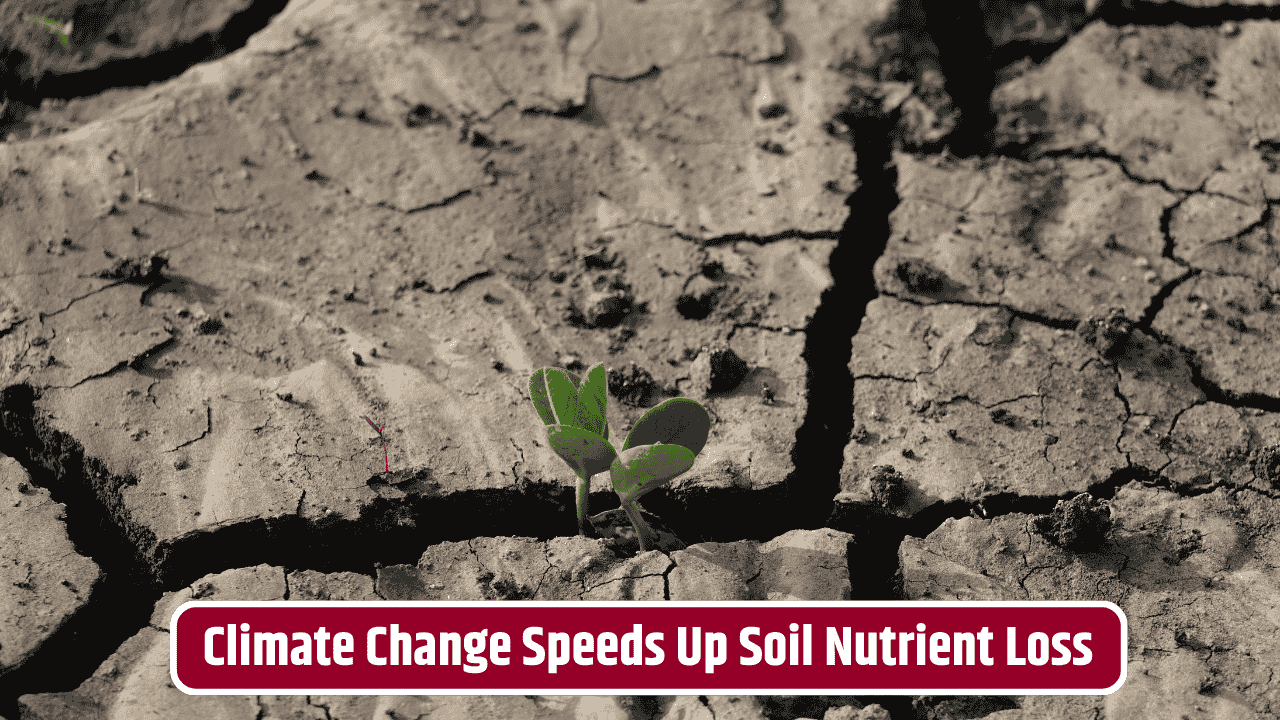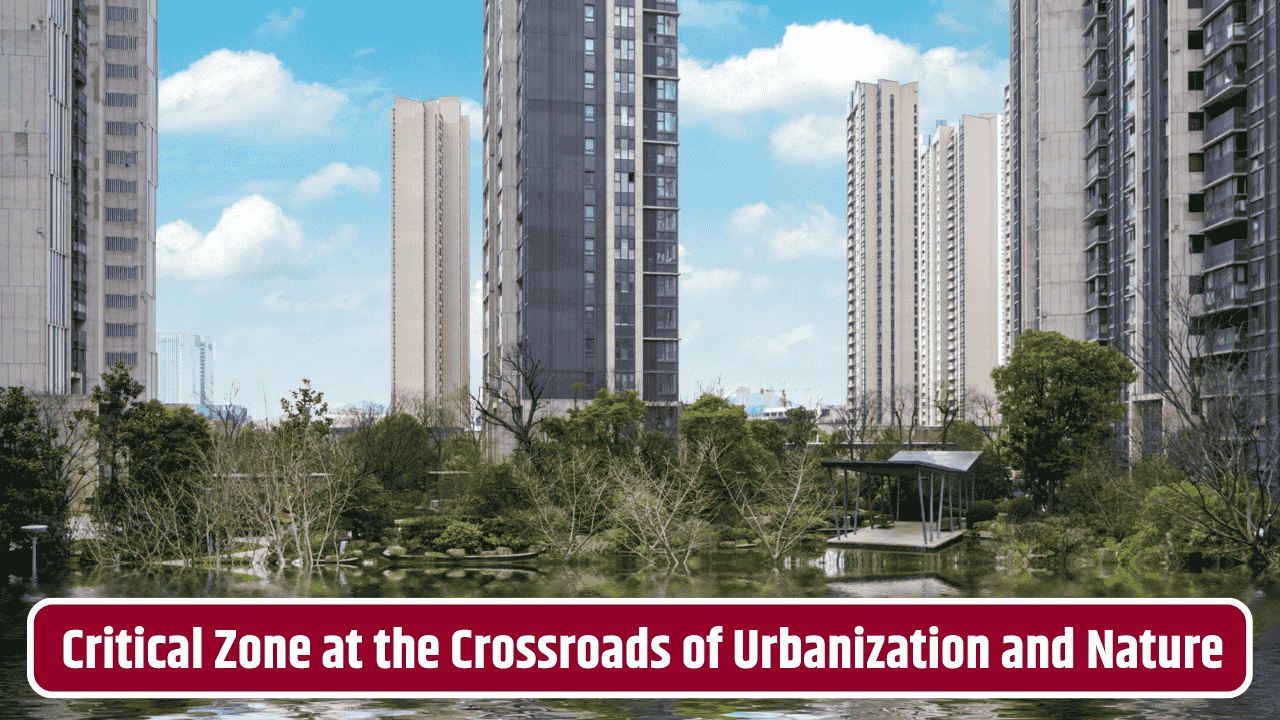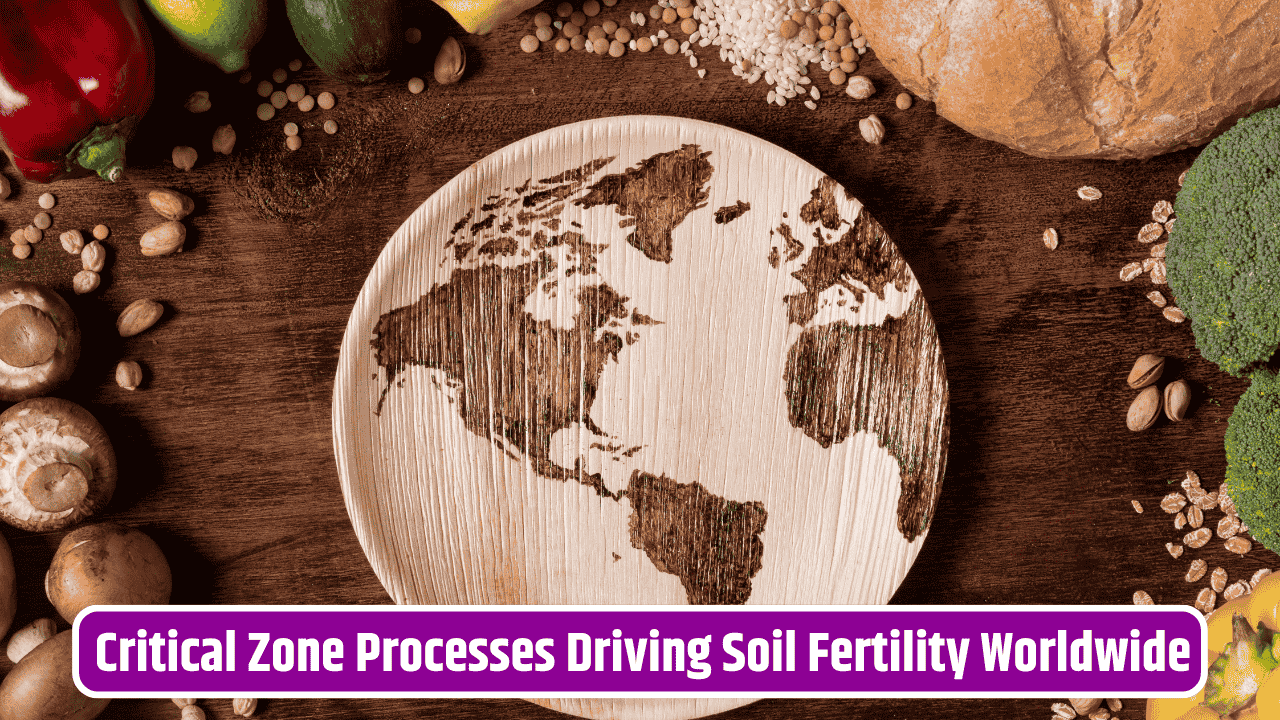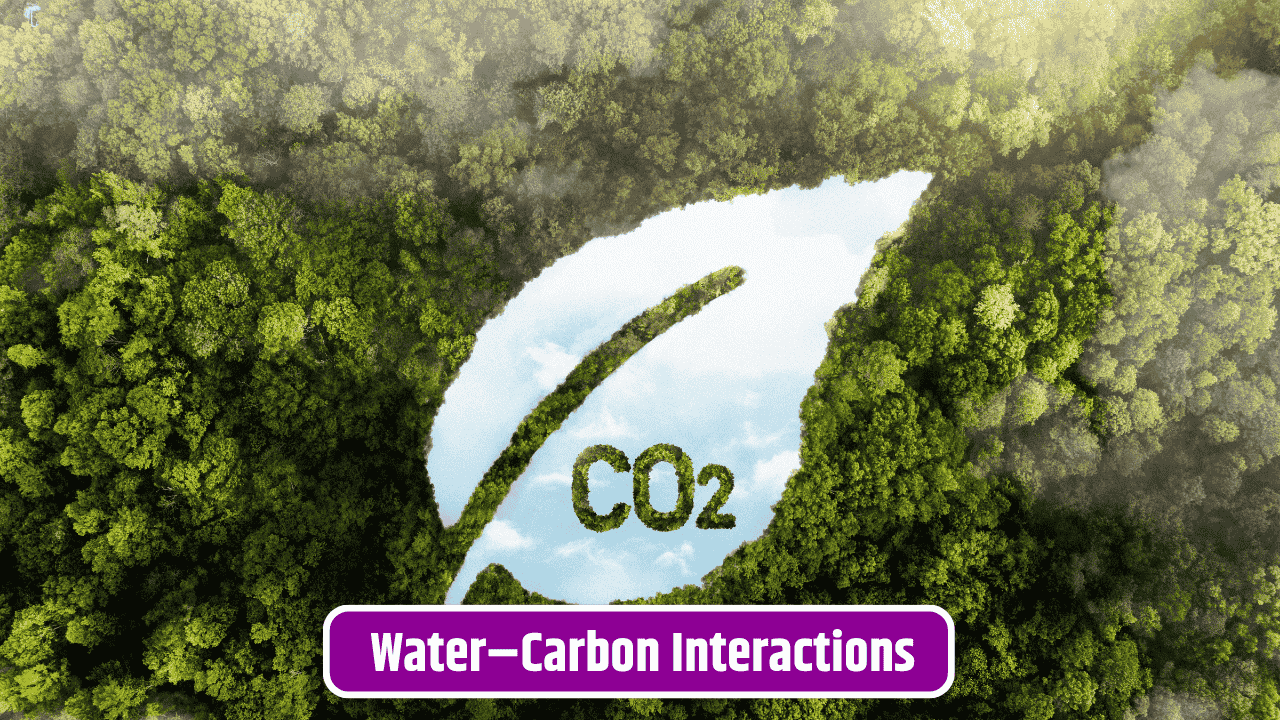The past few years have felt like nature’s way of reminding us who’s in charge. Torrential rains that once seemed like “once-in-a-century” events are happening every decade, wildfires roar across landscapes that used to be damp and green, and heatwaves are stretching longer than anyone expected. Beyond the obvious human and economic costs, there’s something less visible but equally important at stake: the critical zone—that thin layer of Earth where rock, soil, water, air, and living organisms interact. It’s basically the life-support system for our planet, and extreme weather is testing its resilience.
Table of Contents
What Do We Mean by the “Critical Zone”?
Think of the critical zone as the skin of the Earth. It’s where soil forms, roots grow, rivers flow, and microbes thrive. It stretches from the tops of the trees down to the groundwater beneath our feet. Scientists call it “critical” because every drop of clean water we drink, every harvest that feeds us, and every natural buffer against floods or landslides comes from this zone. When it’s stable, life flourishes. When it’s disturbed, the impacts ripple outward—into food security, water quality, and even economic stability.
How Extreme Weather Pushes the Limits
Here’s where the story takes a sharp turn. Climate change is dialing up the intensity and frequency of extreme weather—floods, droughts, heatwaves, and storms—and the critical zone is struggling to keep up.
- Heavy Rainfall & Flooding: Sudden downpours can wash away nutrient-rich topsoil, triggering landslides and choking rivers with sediment. A single flood can undo centuries of slow soil formation.
- Heatwaves & Droughts: Prolonged dryness weakens vegetation, cracks soil, and reduces its ability to absorb water. When the rains finally return, erosion is far worse.
- Wildfires: Fire strips landscapes of vegetation, leaving bare soil that’s easily swept away by wind and water. Post-fire floods are becoming a recurring nightmare in places like California.
According to the U.S. Geological Survey, even small shifts in temperature and precipitation can dramatically alter soil processes, groundwater recharge, and ecosystem health—all core parts of the critical zone.
Why This Matters for Human Life
It might sound abstract—soil layers and water tables—but this is where it gets personal. The stability of the critical zone is tied directly to food production, clean drinking water, and infrastructure safety. Farmers rely on fertile soil to grow crops, cities depend on aquifers for fresh water, and mountain communities depend on stable slopes to prevent deadly landslides.
A destabilized critical zone means more than just scientific concern; it’s about livelihoods. Take Pakistan’s 2022 floods as an example—millions were displaced, agricultural land was destroyed, and the recovery bill ran into billions. The same story echoes across continents, from European droughts to American wildfire zones.
Scientific Insights and Monitoring Efforts
The good news? Researchers are paying close attention. Networks like the Critical Zone Collaborative Network are monitoring how these systems respond to stress. By combining satellite data, field sensors, and computer models, scientists can predict weak points before they fail. For instance, early-warning systems can flag landslide risks in mountainous areas after prolonged rain.
Here’s a quick snapshot of how extreme weather affects the critical zone:
| Extreme Weather Event | Immediate Impact | Long-Term Risk to Critical Zone |
|---|---|---|
| Heavy rainfall & floods | Soil erosion, landslides, sediment buildup | Loss of fertile soil, degraded water quality |
| Heatwaves & droughts | Soil cracking, vegetation stress | Reduced water retention, crop failure |
| Wildfires | Vegetation loss, bare soil exposure | Increased erosion, disrupted ecosystems |
| Hurricanes | Saltwater intrusion, flooding | Groundwater contamination, land degradation |
Can We Protect the Critical Zone?
While we can’t stop the rain from falling or the earth from shaking, we can strengthen resilience. Sustainable farming practices like cover cropping and no-till farming help soil hold together during storms. Restoring wetlands and forests creates natural sponges to absorb excess rainwater. Even urban planning—like building green infrastructure and permeable pavements—plays a role in giving the critical zone breathing space.
Governments are beginning to respond too. Initiatives like the U.S. Climate Resilience Toolkit encourage communities to adapt to shifting weather patterns. But it’s a race against time. Climate models suggest that extremes will only intensify, and without careful stewardship, the critical zone may lose its ability to bounce back.
Fact Check
The link between extreme weather and critical zone stability is not speculative—it’s well-documented in peer-reviewed studies and official monitoring networks. For example, the U.S. Geological Survey and the National Science Foundation both fund extensive research on how soil, water, and ecosystems respond to climate stress. While the terminology “critical zone” might sound academic, the impacts (soil erosion, groundwater depletion, post-wildfire flooding) are very real and observable worldwide.
FAQs
What is the Earth’s critical zone in simple terms?
It’s the thin layer from treetops to groundwater where soil, water, air, and living things interact—basically Earth’s life-support system.
How do floods affect the critical zone?
Floods can strip away fertile topsoil, trigger landslides, and pollute water systems with sediment.
Can human activity worsen critical zone instability?
Yes—deforestation, overfarming, and urban sprawl reduce the zone’s resilience to extreme weather.
Is climate change the main driver of instability?
Climate change amplifies extreme weather, which destabilizes the critical zone. Human land use practices also play a major role.
What can be done to protect the critical zone?
Sustainable land management, reforestation, and climate adaptation strategies all help preserve stability.

